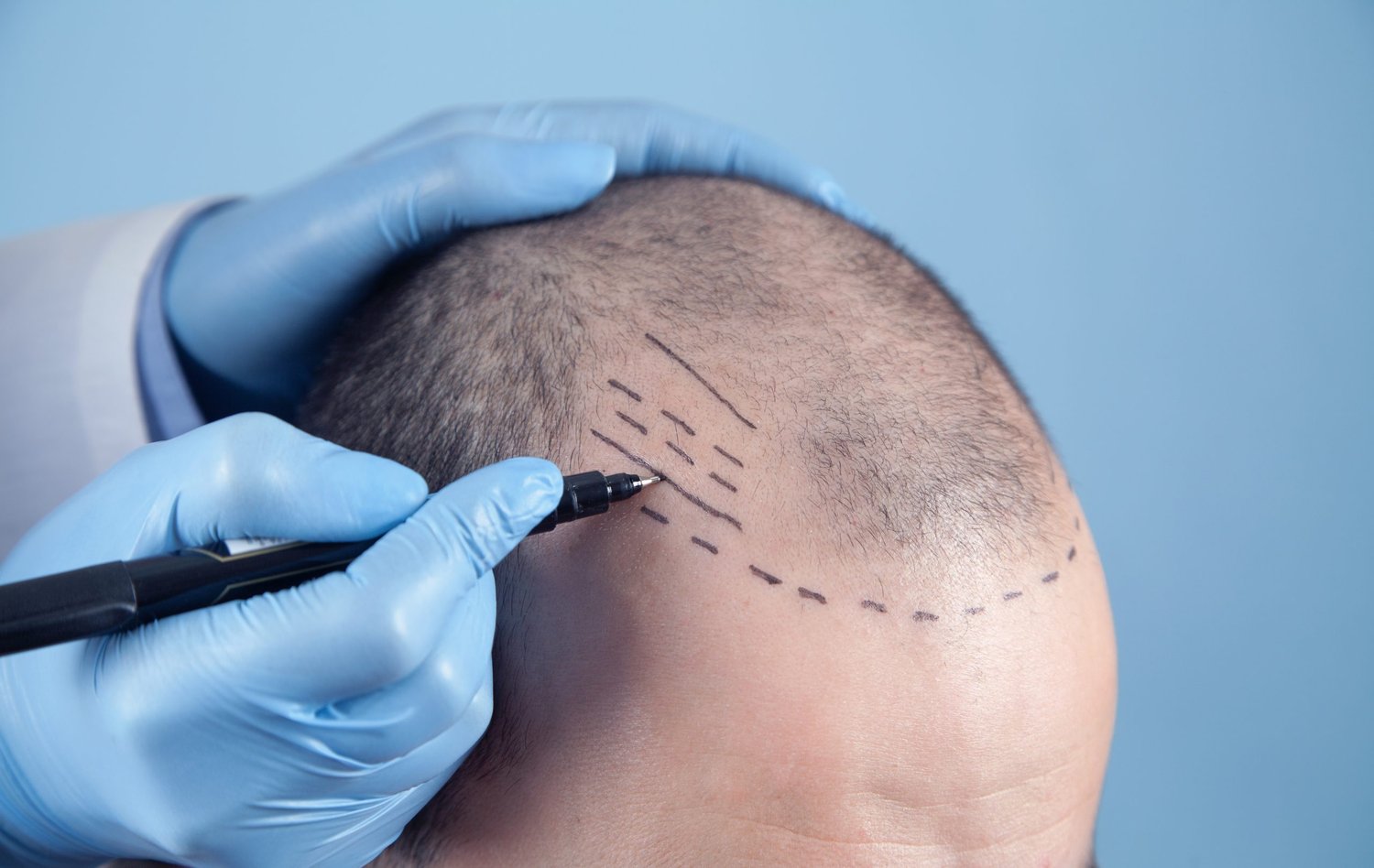- Hair loss is a common concern for many individuals, leading them to seek solutions like hair transplantation.
- There are numerous misconceptions about Hair Transplant in Riyadh, making it essential to distinguish between myths and facts.
- This guide will debunk common myths and provide factual insights to help individuals make informed decisions.

What is Hair Transplantation?
Understanding the Procedure
- Hair transplantation is a surgical technique that relocates hair follicles from a donor site to balding areas.
- The procedure is effective for treating pattern baldness, thinning hair, and receding hairlines.
- Two primary methods are used: Follicular Unit Extraction (FUE) and Follicular Unit Transplantation (FUT).
Myth 1: Hair Transplant is Only for Men
Fact: Women Can Also Benefit from the Procedure
- While male pattern baldness is more common, women experiencing hair loss can also undergo Hair Transplant in Riyadh.
- Female candidates with stable donor areas and specific hair loss patterns can achieve excellent results.
- Women often seek transplants for conditions like traction alopecia and thinning hairlines.
Myth 2: Hair Transplants Give Instant Results
Fact: Results Take Time to Develop
- Hair growth after a transplant follows a natural cycle, requiring patience.
- Initially, transplanted hair may shed before new hair growth begins.
- Visible results typically appear after 6 to 12 months, with full growth taking up to a year.
Myth 3: Hair Transplant is Painful
Fact: The Procedure is Performed Under Local Anesthesia
- Patients do not feel pain during the surgery due to anesthesia.
- Some mild discomfort or swelling may occur post-surgery but is manageable with prescribed medication.
- The latest advancements in technology have made the procedure more comfortable than ever.
Myth 4: Hair Transplants Look Unnatural
Fact: Modern Techniques Provide Natural-Looking Results
- Advanced methods like FUE ensure that transplanted hair blends seamlessly with existing hair.
- Surgeons design hairlines carefully to match facial features and natural hair growth patterns.
- Once fully grown, transplanted hair is indistinguishable from natural hair.
Myth 5: Hair Transplants Are Only for Severe Baldness
Fact: Hair Transplants Work for Various Stages of Hair Loss
- Hair transplantation is suitable for individuals experiencing moderate to advanced hair loss.
- It can restore thinning areas, receding hairlines, and bald spots effectively.
- Early intervention can provide better results by preserving hair density.
Myth 6: Hair Transplants Are High-Risk Procedures
Fact: Hair Transplantation is a Safe and Well-Tested Procedure
- When performed by trained professionals, Hair Transplant in Riyadh is safe with minimal risks.
- Infection, scarring, and complications are rare and can be managed with proper post-operative care.
- Adhering to aftercare instructions significantly reduces any potential risks.
Myth 7: Hair Transplants Are Expensive and Unaffordable
Fact: Cost Varies Depending on Several Factors
- The cost of a hair transplant depends on factors like the number of grafts, technique used, and clinic facilities.
- While it may seem costly, the long-term benefits outweigh the expense compared to other temporary solutions.
- Many individuals find it a worthwhile investment in their confidence and appearance.
Myth 8: Transplanted Hair Requires Special Maintenance
Fact: Transplanted Hair Can Be Treated Like Natural Hair
- Once healed, transplanted hair does not require any special care beyond regular washing and grooming.
- Patients can cut, style, and even dye their new hair like natural hair.
- Maintaining overall scalp health enhances long-term results.
Myth 9: Hair Transplants Work for Everyone
Fact: Not Everyone is a Suitable Candidate
- A successful hair transplant requires a stable donor area with healthy hair follicles.
- Individuals with conditions like alopecia universalis or advanced scarring may not be ideal candidates.
- A professional evaluation helps determine eligibility for the procedure.
Myth 10: Hair Transplant Stops Future Hair Loss
Fact: Transplanted Hair is Permanent, but Native Hair May Still Thin
- The transplanted hair is resistant to hair loss, but surrounding natural hair may continue thinning.
- Additional treatments like medications or PRP therapy may be needed to maintain overall density.
- A long-term hair care plan can help sustain results.
Conclusion
- Hair Transplant in Riyadh is an effective and safe solution for hair loss when misconceptions are cleared.
- Understanding the realities of hair transplantation helps individuals set realistic expectations.
- With modern advancements, achieving a natural, fuller head of hair is more possible than ever.

